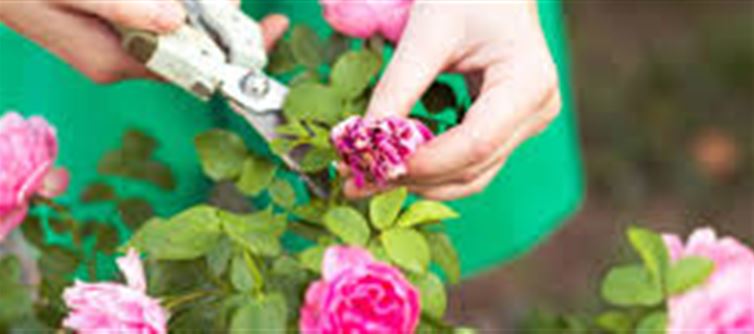
Roses are timeless and elegant flowers that can brighten any garden or balcony. However, to grow healthy, vibrant roses, it’s essential to plant them at the right time and follow proper care routines. Whether you’re a beginner gardener or an experienced plant lover, these tips will help your roses flourish.
Best Time to Plant Roses
1. Spring Planting
- Early spring is ideal in most climates, as it allows roses to establish roots before the heat of summer.
- Plant after the last frost has passed, when the soil is workable.
2. Autumn Planting
- In regions with mild winters, early autumn is also a good time.
- The soil is still warm, helping roots develop before winter dormancy.
Tip: Avoid planting during extreme cold or peak summer, as this can stress the plants and affect growth.
🛠️ Essential Care Tips for Roses
1. Choose the Right Variety
- Select varieties suited to your climate and space (bush, climbing, or miniature roses).
- Check disease resistance and flowering patterns.
2. Planting Location
- Roses need 6–8 hours of direct sunlight daily.
- Ensure good air circulation to prevent fungal diseases.
- Plant in well-draining soil to avoid waterlogging.
3. Soil Preparation
- Mix garden soil with compost or well-rotted manure to enrich nutrients.
- Ensure a slightly acidic soil pH (6.0–6.5) for optimal growth.
4. Watering Routine
- Water deeply once or twice a week, depending on the climate.
- Avoid wetting leaves to prevent fungal infections—focus on the soil near roots.
5. Fertilization
- Use a balanced rose fertilizer or organic alternatives like compost and bone meal.
- Feed every 4–6 weeks during the growing season.
- Stop fertilizing in late autumn to prepare the plant for dormancy.
6. Pruning and Deadheading
- Prune in early spring to remove dead or weak stems.
- Deadhead faded flowers to encourage new blooms.
- Trim lightly after flowering to maintain shape and air circulation.
7. Pest and Disease Control
- Watch for aphids, spider mites, and black spot disease.
- Use organic sprays like neem oil or insecticidal soap if necessary.
- Maintain cleanliness by removing fallen leaves and debris.
8. Mulching 🌾
- Apply a layer of mulch around the base to retain soil moisture, regulate temperature, and reduce weeds.
🌟 Extra Tips for Thriving Roses
- Rotate watering and avoid overwatering to prevent root rot.
- Use stakes or trellises for climbing varieties.
- Regularly check plants for signs of nutrient deficiency, like yellowing leaves.
✅ Final Word
Planting roses at the right time and providing consistent care ensures healthy growth, vibrant blooms, and disease resistance. With proper sunlight, soil, watering, pruning, and pest management, your roses will reward you with beautiful, fragrant flowers year after year.
Disclaimer:
The views and opinions expressed in this article are those of the author and do not necessarily reflect the official policy or position of any agency, organization, employer, or company. All information provided is for general informational purposes only. While every effort has been made to ensure accuracy, we make no representations or warranties of any kind, express or implied, about the completeness, reliability, or suitability of the information contained herein. Readers are advised to verify facts and seek professional advice where necessary. Any reliance placed on such information is strictly at the reader’s own risk..jpg)




 click and follow Indiaherald WhatsApp channel
click and follow Indiaherald WhatsApp channel